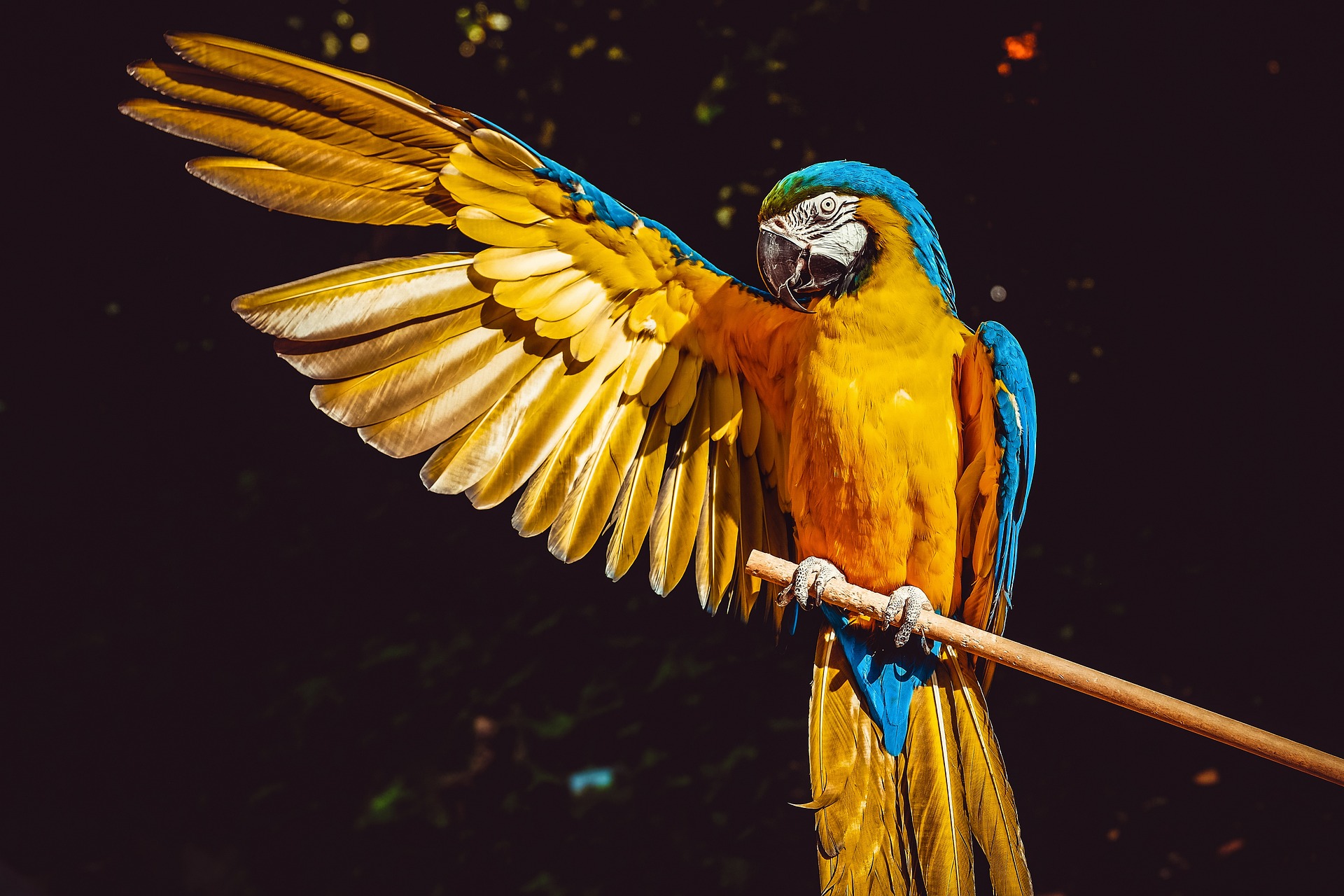"Grasping the Intricacies of the Hummingbird's Hover"
In the vast kingdom of animals, few creatures captivate as much as the hummingbird. This article reveals the fascinating dynamics behind its unique ability to hover, providing an in-depth exploration of this phenomenon and its implications on our understanding of birds and aerodynamics.
The Hummingbird’s Hover: A Background
The hummingbird’s ability to hover has intrigued scientists for centuries. Unlike most birds, hummingbirds can sustain flight while remaining stationary, a feat akin to a helicopter. This unusual capability is due to their unique wing structure and rapid flapping speed, which can reach up to 80 beats per second. It’s an adaptation that allows these birds to feed from flowers while in mid-air, giving them unparalleled access to nectar sources.
Unraveling the Aerodynamics
Recent studies have delved into the complex aerodynamics behind hummingbird hovering. Unlike conventional birds that generate lift with a downward flap, hummingbirds create lift during both the downstroke and upstroke of their wing beats. This is achieved through a figure-eight wing movement, where the wings rotate almost 180 degrees, keeping the bird aloft and stationary. The fast-twitch muscles in their wings and their high metabolic rate further facilitate this unique mode of flight.
Current Research and Updates
Currently, research is being conducted to understand the hummingbird’s energy efficiency. Although their hovering technique is highly energy-intensive, hummingbirds have evolved to have the highest metabolism of any homeothermic animal. Alongside this, they have an impressive ability to switch swiftly into a state of torpor (temporary hibernation) to conserve energy when food is scarce.
Impact on Drone Technology
The hummingbird’s hovering mechanism has inspired advancements in drone technology. Engineers are studying their flight patterns to design more agile and efficient drones. By mimicking the hummingbird’s wing movement, drones could achieve better stability, maneuverability, and energy efficiency. The potential market impact is significant, with the drone industry projected to reach $43 billion by 2024.
The Hummingbird’s Future: Conservation Efforts
Unfortunately, hummingbirds face threats due to climate change and habitat loss. Conservation efforts are ongoing to protect these remarkable creatures and their unique hovering abilities. Raising awareness about their ecological importance and the intriguing science behind their flight can aid in these conservation efforts, ensuring the hummingbird continues to hover and captivate for generations to come.
In conclusion, the hummingbird’s hover is a testament to the marvels of evolution, combining intricate aerodynamics with a high-energy lifestyle. As we continue to uncover the secrets behind their unique flight, we not only gain insights into the natural world but also inspire future technological advancements.





